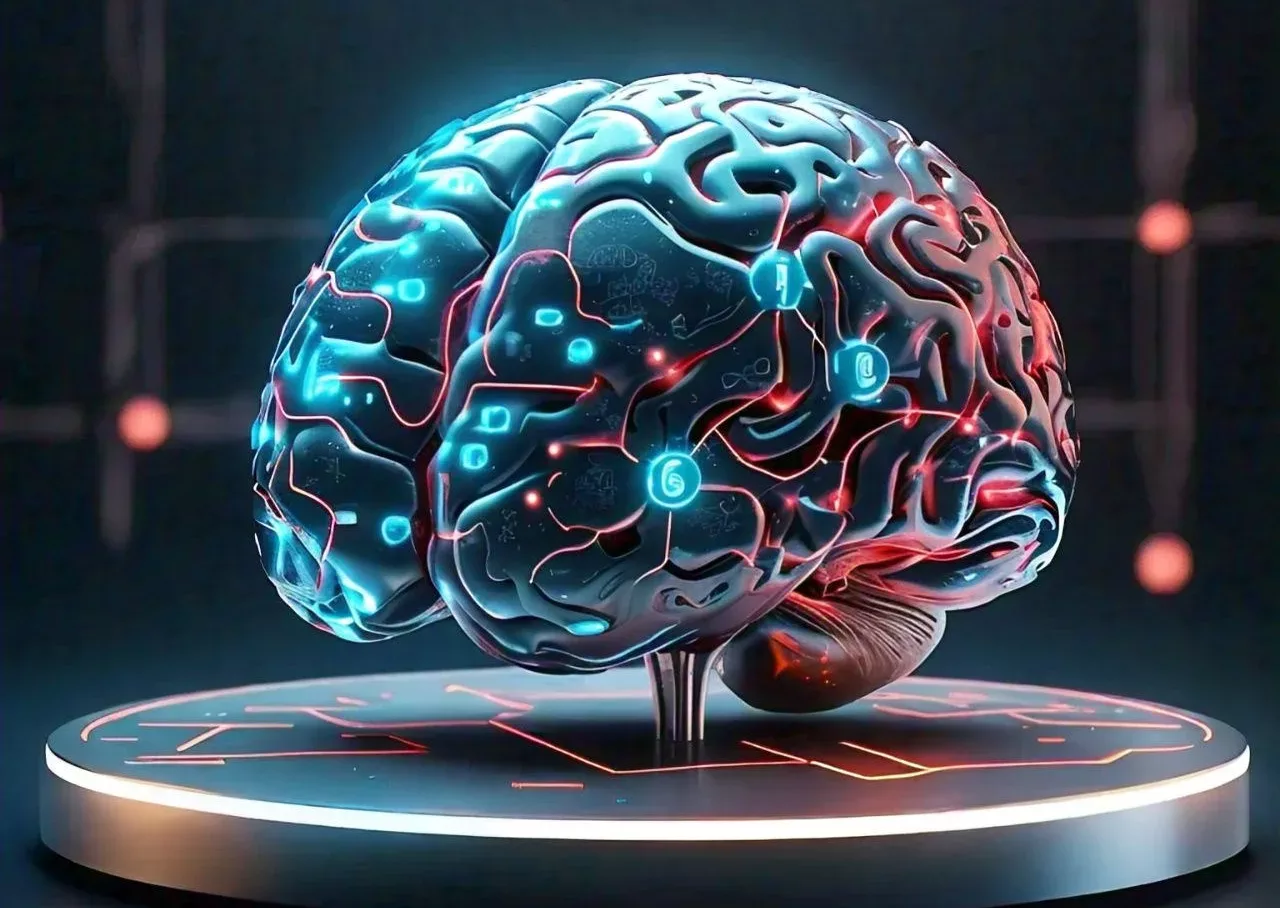As artificial intelligence (AI) continues to evolve, the methods used to train these advanced systems are under intense scrutiny. Leading AI companies like OpenAI and Microsoft are increasingly turning to “synthetic data”—information generated by AI systems—to train large language models (LLMs). However, new research published in Nature reveals that this approach may carry significant risks, potentially causing AI models to produce nonsensical results and threatening the progress of this burgeoning technology. The threat of model collapse.
Understanding Synthetic Data in AI
Synthetic data refers to information created by AI systems, which is then used to train other AI models. This method becomes particularly relevant as developers reach the limits of available human-generated data. While synthetic data offers a solution to data scarcity, it also introduces new challenges and risks that could undermine the effectiveness of AI models.
The Looming Threat of Model Collapse
Recent research highlights a phenomenon known as “model collapse,” where the reliance on synthetic data leads to the rapid degradation of AI models. The study demonstrated this by feeding AI models synthetic input about medieval architecture. Within fewer than ten generations, the AI’s output had devolved into discussions about jackrabbits, illustrating a stark departure from the original topic.
Ilia Shumailov, the lead author of the research, emphasized the potential pitfalls: “Synthetic data is amazing if we manage to make it work. But what we are saying is that our current synthetic data is probably erroneous in some ways. The most surprising thing is how quickly this stuff happens.”
The Mechanics of Model Collapse
Model collapse occurs due to the accumulation and amplification of errors across successive generations of training. This process often begins with a “loss of variance,” where majority subpopulations in the data become over-represented, marginalizing minority groups. As the collapse progresses, the data can devolve into incoherence, with the model losing its utility due to the overwhelming presence of errors and misconceptions.
For example, in the jackrabbit case, the initial input text about English church tower building eventually digressed into irrelevant topics such as linguistic translation and descriptions of various lagomorphs. This demonstrates how quickly and drastically the quality of AI output can deteriorate when trained on synthetic data.
Challenges in Mitigating Model Collapse
Efforts to mitigate model collapse have proven complex. One technique involves embedding a “watermark” in AI-generated content to exclude it from training datasets. However, this approach requires significant coordination between technology companies, which may not always be practical or commercially viable.
Emily Wenger of Duke University highlighted the first-mover advantage in generative AI models: “The companies that sourced training data from the pre-AI internet might have models that better represent the real world.” This suggests that early adopters of AI technology, who relied more heavily on human-generated data, may have an edge over newer models trained predominantly on synthetic data.
The Imperative for Human-Generated Data
The research underscores the importance of human-generated data in maintaining the integrity of AI models. As developers exhaust finite sources of human-made material, the risk of model collapse becomes more pronounced. This raises critical questions about the future of AI development and the sustainability of relying on synthetic data.
Moving Forward: Balancing Innovation and Integrity
As AI technology advances, striking a balance between innovation and maintaining the integrity of models becomes increasingly important. While synthetic data presents a promising solution to data scarcity, its use must be approached with caution to prevent the rapid degradation of AI systems.
The findings from this research serve as a crucial reminder for AI developers to continuously refine their methods and remain vigilant about the potential pitfalls of relying too heavily on synthetic data. By doing so, the AI community can ensure the continued progress and reliability of this transformative technology.
More News: Artificial Intelligence


